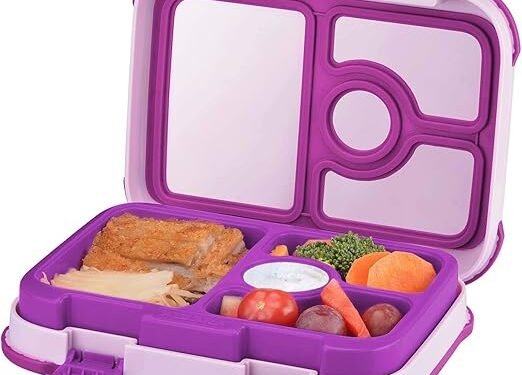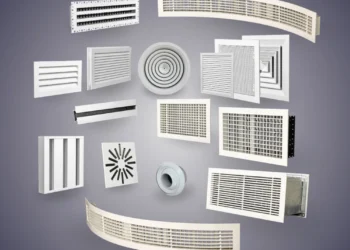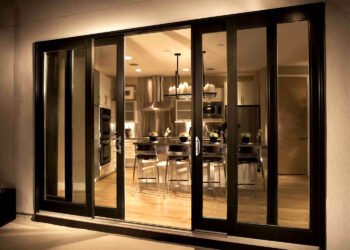Choosing the correct container helps make meals nutritious and easy for children to manage during the day. It is necessary to take into account health recommendations, daily routines and personal choices to encourage healthy eating. A suitable lunch box can lead to more variety, result in less waste and make routines easier for all. In this article, we discuss several things to pay attention to when buying a lunch box for children.
1.Nutritional and portion requirements
Start by estimating the child’s daily dietary needs, taking age, activity level and nutritional guidelines into account. To have balanced consumption of food, a lunch box needs to include a variety of food groups like grains, proteins, fruits and vegetables. The sections or compartments can prevent overeating and children can learn about appropriate serving sizes. For example, having a lean protein compartment in conjunction with a whole grain compartment guarantees that meals are balanced. Caregivers should also allow for snacks or treats if they do not detract from core nutrients. Matching portion sizes to recommended dietary allowances provides lunchtime as an opportunity for education on developing healthy eating habits that last a lifetime. Visual cues such as color coded compartments or printed portion guides can also help reinforce learning. Engaging children in packing their lunch contributes to autonomy and teaches them to make informed food choices, thus promoting responsibility and nutritional awareness from young age.
2.Material quality and durability
When you choose a lunch box made from quality materials, it will last longer and protect your food. Food-grade plastics, stainless steel and silicone all have their own advantages. Stainless steel does not pick up stains or odors and BPA-free plastics are both light and budget-friendly. Silicone covers and lids keep the contents in place, so they are useful for liquids and dishes that are saucy. With frequent use, doors may become damaged and lose their ability to function well or safely. Strong hinges, heavy-duty latches and materials that resist breaking help make the container reliable. Caregivers should ensure that everything in the lunch box is safe and that it meets the necessary safety standards for children. It is also helpful if the container can stand up to both the microwave and the dishwasher. Some sophisticated models add insulation to the food compartments which helps the food stay fresh and makes meals more enjoyable to eat.
3.Size and compartmentalization
The space and how things are arranged inside a lunch box greatly affect how practical it is. A good container has sections that keep different types of food from touching, so their flavors and textures stay separate. As your child grows and eats different foods, the dividers can be adjusted to suit their needs. The size should allow for all the food without crowding it, yet not be so big that a child finds it difficult to carry. Caregivers should check the size of school bags or cubbies to ensure the lunch box can be placed comfortably with everything else. When the design is balanced, both the food and the user benefit. The depth of the compartments is important because it prevents liquids and semi-solid foods from spilling. With rounded edges, cleaning becomes simpler and stackable or nesting lids save space in storing and transporting containers.
4.Ease of cleaning and maintenance
Keeping clean is essential to avoid getting sick from food. Buying a lunch box with easy-to-clean surfaces, removable attachment points and dishwasher-safe materials can make it easier for caregivers. A design that makes it hard for bacteria and mold to hide is better since sealed gaps and crevices can trap them. Lids that can be easily removed, along with silicone gaskets, make it easy to wash the containers well. Dishwashers are also useful because they reduce manual work and help keep the routine consistent. Caregivers should experiment with taking apart and putting together the container to see how simple it is. When the kids lunch box is well maintained, it keeps food safe and prevents residue from accumulating.
5.Portability and child-friendly design
The lunch box should be simple for children to use and carry, helping them grow responsible and independent. Being lightweight and safely closed, the container is easy to carry and will not cause any spillage. Shapes that fit well, grips that do not slip and easy-to-open latches are all suitable for children. Incorporating colorful designs, fun patterns or custom labels can inspire kids to use and look after their meals. Features such as clips or reflective parts on bags make it easier for busy people. Insulation should be considered when choosing a container to maintain the right temperature for the food. Adding a thermal compartment helps to keep food warm or cool, making it safer to eat. Picking a Kids Tiffin Box that is both attractive and practical allows caregivers to guide kids’ lunch habits with limited involvement.
6.Versatility and additional features
Additional features can make a lunch box more useful in different situations. Removable utensils, snack bags and ice packs are helpful attachments that make things easier and lessen the need for other accessories. Durable handles or integrated straps transform the container into a compact carrier, resembling a toddler backpack in function for those on the go. Some models let you stack the trays or use modular inserts which allows you to change the setup depending on whether you want to eat a sandwich or a salad. It can be helpful for caregivers to pick products that go with home storage such as refrigerator models, to make mornings simpler. With one versatile lunch box, you can take care of daily meals, trips and extracurricular activities all in one place.
Conclusion
You should choose a lunch box that provides healthy foods, is safe, fits properly and can be easily used by the child. Looking at the quality of materials, how compartments are arranged, ease of cleaning, how portable the container is and its extra benefits, caregivers can pick a useful and nice option. A well-chosen lunch box leads to healthier eating, less waste and provides independence which children and caregivers both appreciate at lunchtime.





